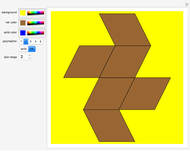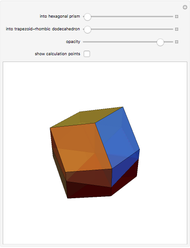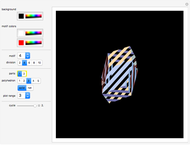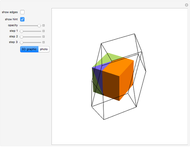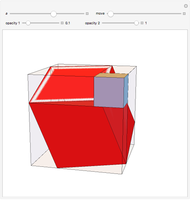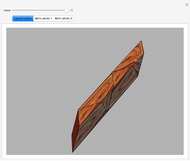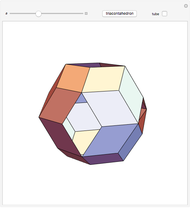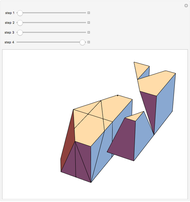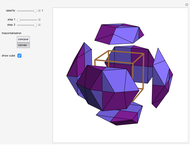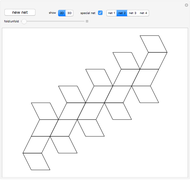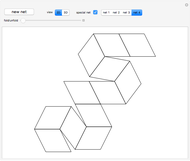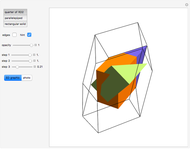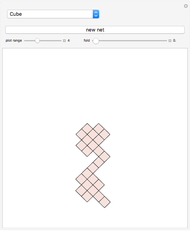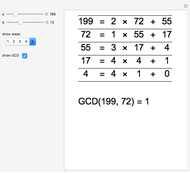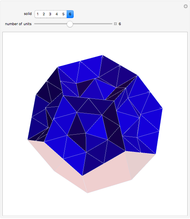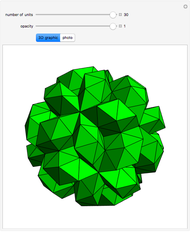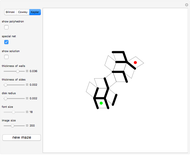Nets for Cowley's Dodecarhombus and Related Solids

Requires a Wolfram Notebook System
Interact on desktop, mobile and cloud with the free Wolfram Player or other Wolfram Language products.
This Demonstration shows that Cowley's net can be folded into eight nonconvex solids with nonplanar faces.
[more]
Contributed by: Izidor Hafner (August 2018)
Open content licensed under CC BY-NC-SA
Details
There is an extensive discussion of Cowley's dodecarhombus net in [5, pp. 76–80]. The net in [1, p. 3] of a rhombic dodecahedron of the second kind (Bilinski's dodecahedron) was made by Hafner and was part of an internet discussion mentioned in [3, p. 22], where it supported Hafner's claim that Cowley's net was not a net of a rhombic dodecahedron of the second kind.
References
[1] "Rombski poliedri." (Dec 17, 2018) www.logika.si/revija/Stare-revije/revija15-5.pdf.
[2] J. L. Cowley, Geometry Made Easy: A New and Methodical Explanation of the Elemnets [sic] of Geometry, London: Mechell, 1752.
[3] B. Grünbaum. "The Bilinski Dodecahedron, and Assorted Parallelohedra, Zonohedra, Monohedra, Isozonohedra and Otherhedra." (Dec 17, 2018) digital.lib.washington.edu/researchworks/bitstream/handle/1773/15593/Bilinski_dodecahedron.pdf.
[4] P. R. Cromwell, Polyhedra, New York: Cambridge University Press, 1997.
[5] M. Friedman, A History of Folding in Mathematics: Mathematizing the Margins, New York, NY: Springer Berlin Heidelberg, 2018.
Snapshots
Permanent Citation







